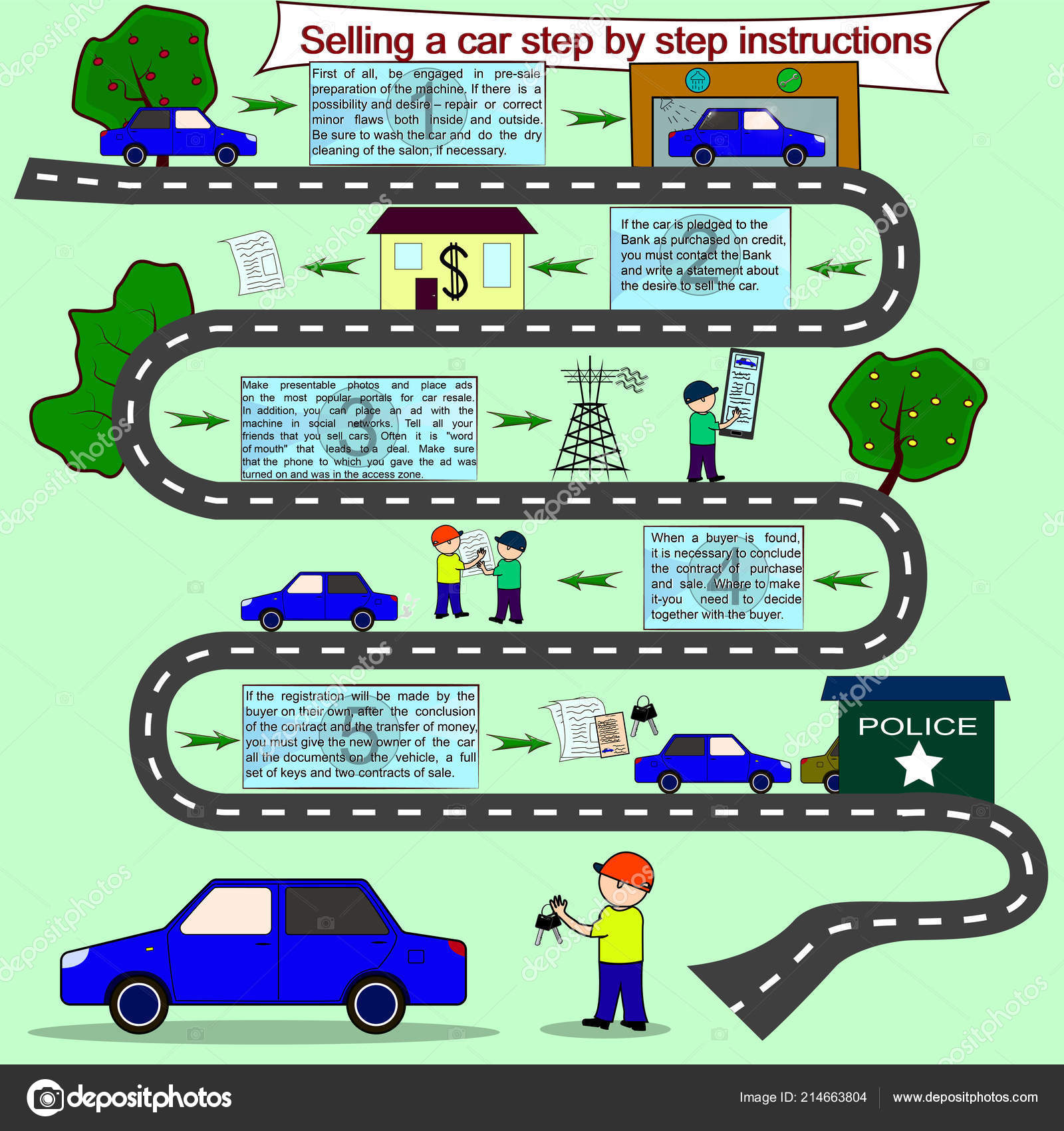Understanding The Meaning Behind Your Car'S Caution Lighting: A Thorough Appearance
Understanding The Meaning Behind Your Car'S Caution Lighting: A Thorough Appearance
Blog Article
Written By-Lauritsen Shepherd
When you lag the wheel, those radiant warning lights on your dashboard can be a little bit puzzling. Do you recognize what they're attempting to inform you about your car's health? Understanding the importance of these lights is vital for your security and the durability of your automobile. So, the next time among those lights turns up, wouldn't you intend to understand its message accurately and take the essential actions to address it?
Common Caution Lighting and Interpretations
Identify typical warning lights in your automobile and understand their meanings to ensure secure driving.
One of the most common caution lights consist of the check engine light, which signals concerns with the engine or emissions system. If this light begins, it's vital to have your lorry examined without delay.
The oil pressure advising light indicates low oil stress, needing prompt attention to stop engine damage.
A blinking battery light might recommend a damaged charging system, potentially leaving you stranded otherwise addressed.
The tire pressure monitoring system (TPMS) light signals you to reduced tire pressure, impacting automobile security and gas efficiency. Neglecting this can lead to hazardous driving problems.
The ABS light indicates an issue with the anti-lock braking system, endangering your capability to quit promptly in emergencies.
Lastly, the coolant temperature level cautioning light warns of engine getting too hot, which can cause severe damages if not settled promptly.
Comprehending these usual caution lights will certainly assist you attend to issues quickly and preserve safe driving conditions.
Relevance of Prompt Focus
Comprehending the usual warning lights in your auto is just the very first step; the importance of promptly attending to these cautions can't be highlighted enough to guarantee your safety when driving.
When a warning light brightens on your dashboard, it's your auto's way of interacting a possible problem that requires attention. Disregarding these cautions can result in extra serious problems later on, jeopardizing your security and potentially costing you extra out of commission.
Motivate focus to warning lights can avoid breakdowns and crashes. As an example, a flashing check engine light might indicate a misfire that, if left ignored, might cause damage to the catalytic converter. Addressing this quickly can conserve you from a costly fixing.
In https://www.tmj4.com/news/local-news/gasoline-vendor-mistakenly-fills-unleaded-pumps-with-diesel-fuel-at-local-speedway-4-cars-sent-to-repair-shop , a brake system advising light may signal reduced brake liquid or used brake pads, critical elements for your safety when driving.
DIY Troubleshooting Tips
If you observe a warning light on your control panel, there are a few do it yourself repairing suggestions you can attempt before seeking expert assistance.
The first step is to consult your automobile's guidebook to understand what the specific caution light suggests. In some cases the concern can be as straightforward as a loosened gas cap triggering the check engine light. Tightening up the gas cap may fix the problem.
An additional common issue is a reduced battery, which can set off different warning lights. Examining https://landenpkdyr.bleepblogs.com/32625617/mobile-automobile-explaining-comfort-fulfills-quality-for-your-car for corrosion and ensuring they're safe may take care of the problem.
If a warning light lingers, you can attempt resetting it by detaching the auto's battery for a couple of minutes and afterwards reconnecting it. In addition, checking your car's liquid levels, such as oil, coolant, and brake fluid, can help repair cautioning lights related to these systems.
Final thought
In conclusion, comprehending your auto's warning lights is necessary for keeping your car running efficiently and securely. By without delay attending to these alerts and understanding what they indicate, you can avoid expensive repair services and potential failures.
Remember to consult your automobile's handbook for particular information on each advising light and take action appropriately to guarantee a hassle-free driving experience.
Remain informed, remain secure when traveling!
